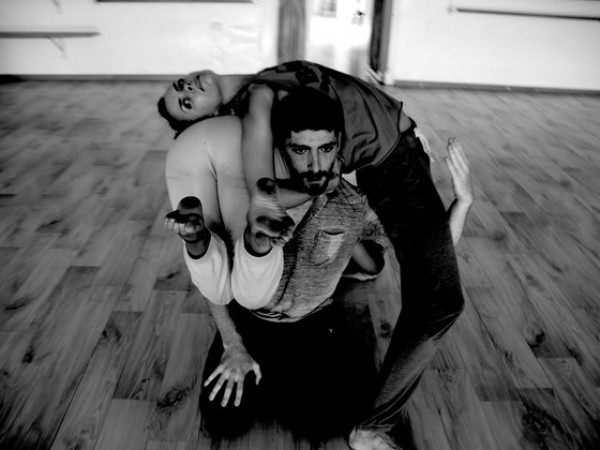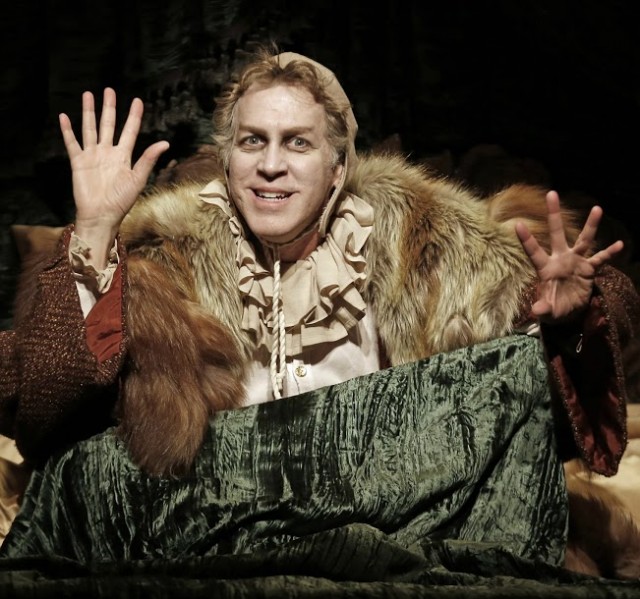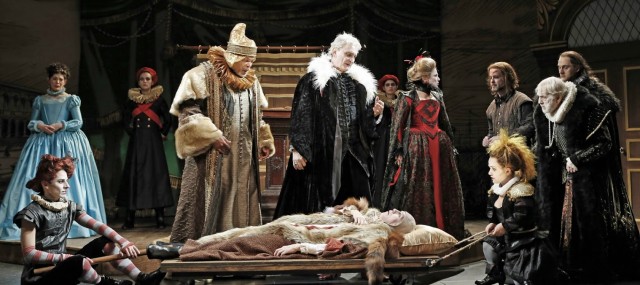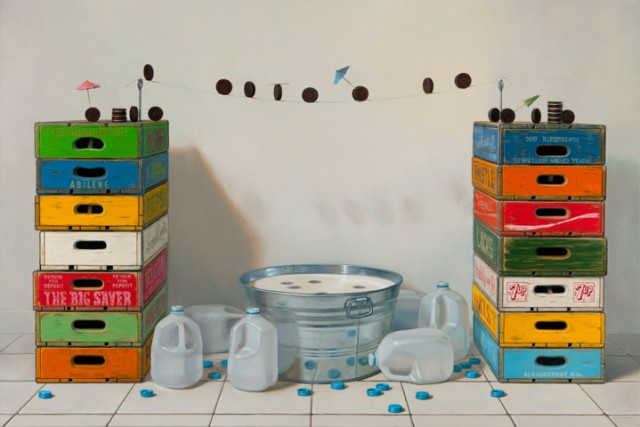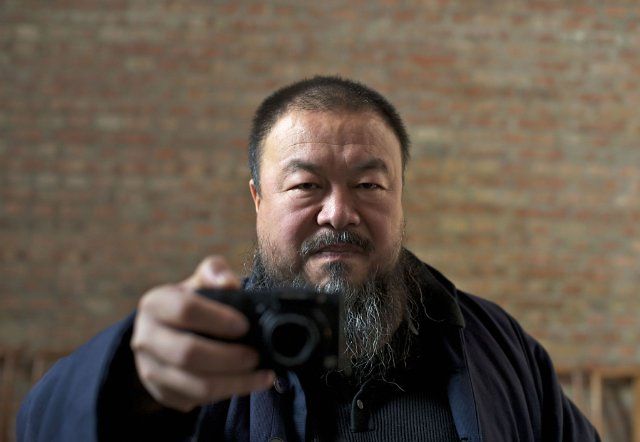LET FURY HAVE THE HOUR (Antonino D’Ambrosio, 2012)
Quad Cinema
34 West 13th St.
Opens Friday, December 14
212-255-2243
www.quadcinema.com
www.letfuryhavethehour.com
 In his recently released book Let Fury Have the Hour: Joe Strummer, Punk, and the Movement That Shook the World, author, editor, and visual artist Antonino D’Ambrosio writes, “Let Fury Have the Hour, the book and film, is a call to celebrate the art of living, or being for, not against. For the movie, which had its world premiere at the Tribeca Film Festival in April, D’Ambrosio brought together some fifty artists to talk about how they use creative response in a positive way to deal with the social, political, and economic outrage that began in the 1980s with the separatist policies of Ronald Reagan and Margaret Thatcher and has exploded today. Shot over the course of seven years, the film features intelligent discourse from such musicians as Billy Bragg, Tom Morello from Rage Against the Machine, Wayne Kramer from the MC5, Chuck D from Public Enemy, Eugene Hütz from Gogol Bordello, and, perhaps most eloquently, Ian MacKaye from Fugazi and Minor Threat. In addition, street artist Shepard Fairey (whose designs can be seen throughout the film), spoken-word poet Staceyann Chin, comedian Lewis Black, filmmaker John Sayles, author Edwidge Danticat, playwright Eve Ensler, choreographer Elizabeth Streb, skateboarder Tommy Guerrero, and many more share how the DIY punk aesthetic influences them in their work and their daily life as they continue to fight the power through artistic self-expression that understands the interconnectedness of everything. “Our freedom of speech is our freedom from death,” Chuck D states. The jumping-off point for many of those in the film, as well as D’Ambrosio himself, was the music of the Clash; the title comes from a line in the Clash classic “Clampdown.” D’Ambrosio and editor Karim Lopez supplement the original interviews, which are all conducted in personal settings unique to each individual, with dramatic archival footage of political and artistic movements from around the world throughout the twentieth century, backed by a score composed by Kramer with songs by Public Enemy, Hütz, Sean Hayes, and others. It all comes together in a rousing wake-up call that is a direct counter to Reagan’s “Morning in America” agenda. “A citizen is someone who participates,” DJ Spooky says in the film. D’Ambrosio is seeking to spread his message of creative response by getting as many citizens as possible to participate in any way they can, making an ambitious film that avoids coming off as propaganda and instead feels necessary in these hard times.
In his recently released book Let Fury Have the Hour: Joe Strummer, Punk, and the Movement That Shook the World, author, editor, and visual artist Antonino D’Ambrosio writes, “Let Fury Have the Hour, the book and film, is a call to celebrate the art of living, or being for, not against. For the movie, which had its world premiere at the Tribeca Film Festival in April, D’Ambrosio brought together some fifty artists to talk about how they use creative response in a positive way to deal with the social, political, and economic outrage that began in the 1980s with the separatist policies of Ronald Reagan and Margaret Thatcher and has exploded today. Shot over the course of seven years, the film features intelligent discourse from such musicians as Billy Bragg, Tom Morello from Rage Against the Machine, Wayne Kramer from the MC5, Chuck D from Public Enemy, Eugene Hütz from Gogol Bordello, and, perhaps most eloquently, Ian MacKaye from Fugazi and Minor Threat. In addition, street artist Shepard Fairey (whose designs can be seen throughout the film), spoken-word poet Staceyann Chin, comedian Lewis Black, filmmaker John Sayles, author Edwidge Danticat, playwright Eve Ensler, choreographer Elizabeth Streb, skateboarder Tommy Guerrero, and many more share how the DIY punk aesthetic influences them in their work and their daily life as they continue to fight the power through artistic self-expression that understands the interconnectedness of everything. “Our freedom of speech is our freedom from death,” Chuck D states. The jumping-off point for many of those in the film, as well as D’Ambrosio himself, was the music of the Clash; the title comes from a line in the Clash classic “Clampdown.” D’Ambrosio and editor Karim Lopez supplement the original interviews, which are all conducted in personal settings unique to each individual, with dramatic archival footage of political and artistic movements from around the world throughout the twentieth century, backed by a score composed by Kramer with songs by Public Enemy, Hütz, Sean Hayes, and others. It all comes together in a rousing wake-up call that is a direct counter to Reagan’s “Morning in America” agenda. “A citizen is someone who participates,” DJ Spooky says in the film. D’Ambrosio is seeking to spread his message of creative response by getting as many citizens as possible to participate in any way they can, making an ambitious film that avoids coming off as propaganda and instead feels necessary in these hard times.
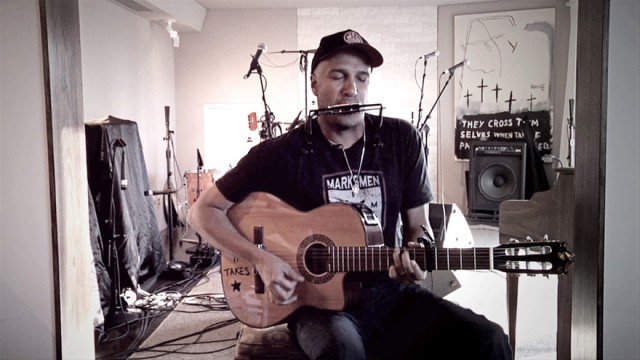

 After collaborating on a number of works by such auteurs as Mauro Bolognini and Federico Fellini, poet and novelist Pier Paolo Pasolini made his directorial debut in 1961 with the gritty, not-quite-neo-realist Accattone (“scrounger” or “beggar”). Somewhat related to his books Ragazzi di vita and Una vita violenta, the film is set in the Roman borgate, where brash young Vittorio “Accattone” Cataldi (Franco Citti) survives by taking crazy bets — like swimming across a river known for swallowing up people’s lives — and working as a pimp. After a group of local men beat up his main money maker (Silvana Corsini), he meets the more naive Stella (Franca Pasut), whom he starts dating with an eye toward perhaps converting into a prostitute as well. Meanwhile, he tries to establish a relationship with his son, but his estranged wife and her family want nothing to do with him. Filmed in black-and-white by master cinematographer Tonino Delli Colli, Accattone is highlighted by a series of memorable shots, from Accattone’s gorgeous dive from a bridge to a close-up of his face covered in sand, many of which were inspired by Baroque art and set to music by Bach. Written with Sergio Citti and featuring a production assistant named Bernardo Bertolucci, the story delves into the dire poverty in the slums of Rome, made all the more real by Pasolini’s use of both professional and nonprofessional actors. Accattone is screening December 14 and 27 as part of MoMA’s “Pier Paolo Pasolini” series, a full career retrospective that runs December 13 to January 5 and includes such special events as “Recital: An Evening Dedicated to Pier Paolo Pasolini the Poet” at MoMA on December 14 and the Sunday Sessions program “Pier Paolo Pasolini: Intellettuale” at MoMA PS1 on December 16 with Paul Chan, Ninetto Davoli, Emi Fontana, Barbara Hammer, Alfredo Jaar, Lovett/Codagnone, and Fabio Mauri. In addition, there will be a number of other Pasolini celebrations around the city, including the December 13 seminar “Pasolini’s Languages” at the
After collaborating on a number of works by such auteurs as Mauro Bolognini and Federico Fellini, poet and novelist Pier Paolo Pasolini made his directorial debut in 1961 with the gritty, not-quite-neo-realist Accattone (“scrounger” or “beggar”). Somewhat related to his books Ragazzi di vita and Una vita violenta, the film is set in the Roman borgate, where brash young Vittorio “Accattone” Cataldi (Franco Citti) survives by taking crazy bets — like swimming across a river known for swallowing up people’s lives — and working as a pimp. After a group of local men beat up his main money maker (Silvana Corsini), he meets the more naive Stella (Franca Pasut), whom he starts dating with an eye toward perhaps converting into a prostitute as well. Meanwhile, he tries to establish a relationship with his son, but his estranged wife and her family want nothing to do with him. Filmed in black-and-white by master cinematographer Tonino Delli Colli, Accattone is highlighted by a series of memorable shots, from Accattone’s gorgeous dive from a bridge to a close-up of his face covered in sand, many of which were inspired by Baroque art and set to music by Bach. Written with Sergio Citti and featuring a production assistant named Bernardo Bertolucci, the story delves into the dire poverty in the slums of Rome, made all the more real by Pasolini’s use of both professional and nonprofessional actors. Accattone is screening December 14 and 27 as part of MoMA’s “Pier Paolo Pasolini” series, a full career retrospective that runs December 13 to January 5 and includes such special events as “Recital: An Evening Dedicated to Pier Paolo Pasolini the Poet” at MoMA on December 14 and the Sunday Sessions program “Pier Paolo Pasolini: Intellettuale” at MoMA PS1 on December 16 with Paul Chan, Ninetto Davoli, Emi Fontana, Barbara Hammer, Alfredo Jaar, Lovett/Codagnone, and Fabio Mauri. In addition, there will be a number of other Pasolini celebrations around the city, including the December 13 seminar “Pasolini’s Languages” at the 